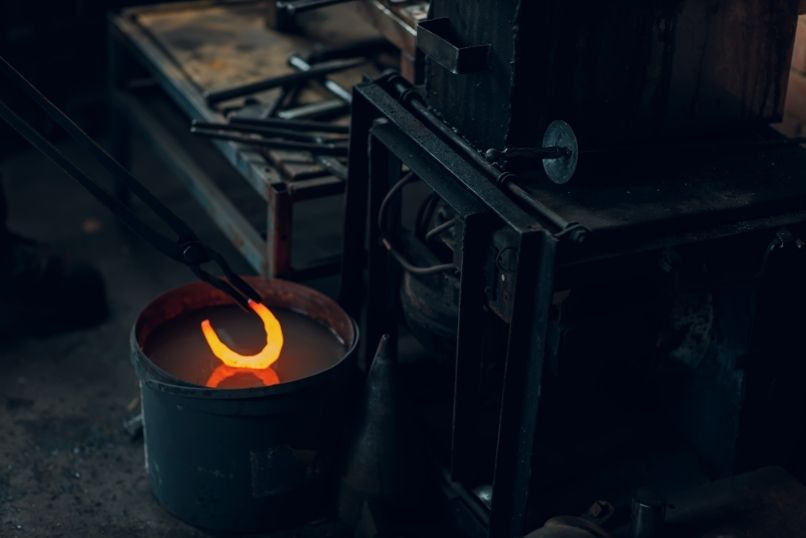There are multiple heat treatments out there that industries use to reshape and condition quality metals, such as stainless steel or nickel alloy 400. Two popular heat treatments are tempering and annealing. Even though tempering and annealing are both heat treatments, they each have unique processes and results. Discover the difference between tempering and annealing.
Metal Heat Treatments
Both tempering and annealing are metal heat treatments, so it’s helpful to discuss heat treatments before diving into the details of each process. There are three critical factors of metal heat treatments, and manufacturers will manipulate these variables to achieve their desired results. The three variables of metal heat treatments are the temperature of the metal, the time it stays at the desired temperature, and the type or rate of cooling.
Tempering
The purpose of tempering is to increase the toughness of a metal, usually steel. During the tempering process, manufacturers heat metal to below a critical temperature and keep it at this specific temperature for a certain amount of time. They often place the metal in a vacuum or in the air, not a furnace. The amount of time and the temperature that manufacturers use during this process depends on the type of metal and the desired results. After the process, the metal is left alone to cool in still air.
Annealing
Annealing is similar to tempering, but the difference between annealing and tempering is that annealing cools the metal at a slow and controlled rate. In addition, tempering focuses on creating hard and tough metals, while the goal of annealing is to make softer, more malleable metals. During the annealing process, manufacturers heat metals to a specific temperature and then cool them down in a controlled manner by covering them with sand, ashes, and other substances. In some cases, manufacturers will simply turn off the oven and allow the metal to cool within.

